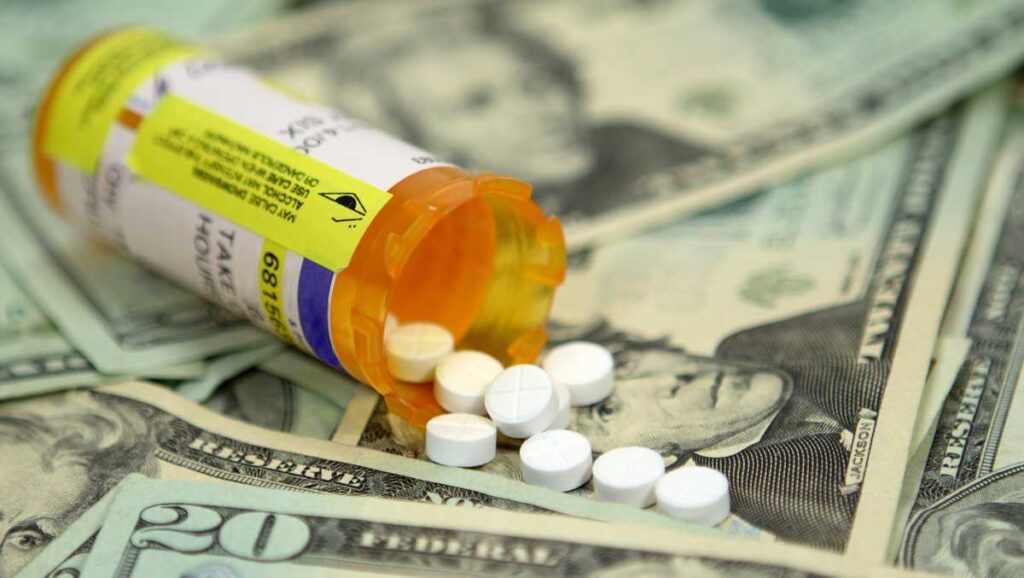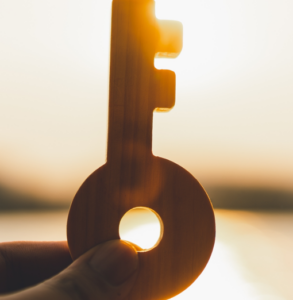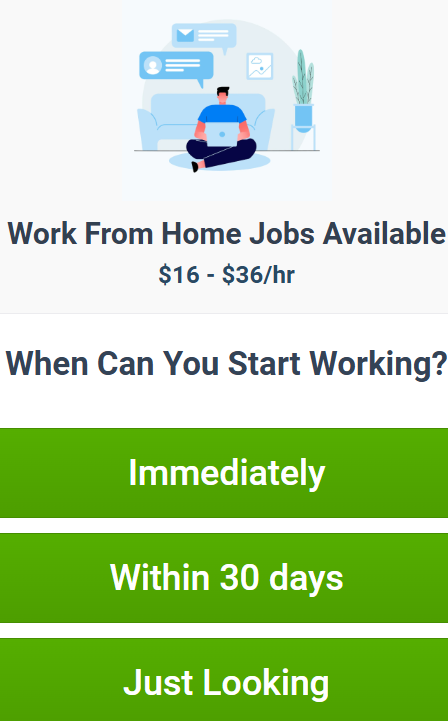There was a time when many consumers’ health insurance covered the cost of prescription drugs after a small deductible. Today, however, many people have insurance plans with deductibles so high that, by the time they meet their plan’s deductible, they have already spent hundreds—perhaps even thousands—of dollars on medications they need to stay healthy.

Nearly one in four people have difficulty paying for their prescription medications, causing many to take extreme measures such as splitting doses, not taking medication, or otherwise rationing prescription drugs, according to a report by the Public Interest Group of United States (US PIRG), a public research and advocacy organization.
Fortunately, with so many people struggling or unable to pay for their prescription medications, there are discounts on many medications if you know where to look.
1. Ask for a generic equivalent
Before purchasing brand-name prescription medications, ask your pharmacist if there is a generic equivalent, which is usually much cheaper. The US PIRG report found that by switching to generic drugs, you can save a lot of money.
For example, US PIRG research found that switching from brand-name Nexium to its generic version saved patients about $756 annually.
2. Sign up for a prescription drug discount card
Depending on the medication, you can save up to 80% with a prescription card like GoodRx, WellRX, or SingleCare. A prescription discount card is not a health insurance plan, but many consumers find that the discounts they receive with such cards allow them to pay less for certain medications than they would with their health insurance plan.
3. Compare prices
Did you know that drug prices vary greatly in the United States and between pharmacies? US PIRG researchers called 250 pharmacies in 11 states to ask the price (for uninsured and underinsured patients) of medications prescribed to treat asthma, high blood pressure, high cholesterol, and other illnesses. They found ridiculously huge price differences.
For example, the price of Advair Diskus inhalers ranged from the lowest price of $12 to beyond the average price of $463, a difference of $451 per month. The lowest price for the generic equivalent of Lipitor, a drug used to treat high cholesterol, was just $7, but the average price of the drug among pharmacies surveyed was $113.
4. Sign up for pharmacy discount programs
Some pharmacy chains offer free prescription discount programs. For example, when you join the Walgreens Prescription Savings Club, you can save up to 80% on thousands of medications, including discounts on pet prescriptions, compounded medications, nebulizers, and diabetic supplies, whether you have health insurance or not.
When you join Kroger’s Rx Savings Club, you can save up to 85% on prescriptions, getting over 100 free prescriptions and paying just $3 or $6 on many others.
5. Check out drug manufacturer assistance programs
Some pharmaceutical manufacturers offer patient assistance programs that provide financial assistance and sometimes even free medications to people who have low incomes or are underinsured and cannot pay for their prescriptions. To find out if you are eligible, contact the drug manufacturer directly.
6. Give smaller pharmacies a chance
Eight of the 12 prescription drugs studied by US PIRG researchers had a cost between 8% and 840% higher at most large pharmacies compared to smaller independent pharmacies.
7. Ask the pharmacist for a discount coupon
When the pharmacist tells you the price of prescription drugs, ask if there is a lower price or discount coupon available to reduce the cost. Pharmacy staff are often familiar with the best discount cards and coupons for various medications and can search for the information quickly.













